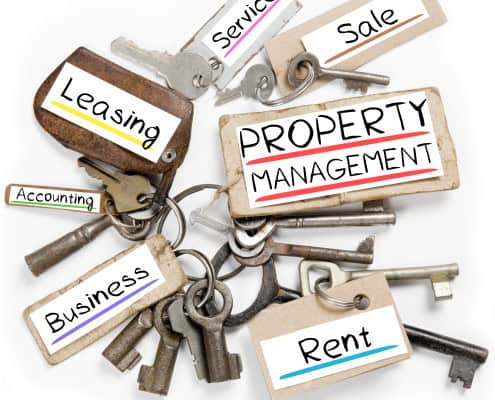Let’s say the tenant of your single-family home or apartment is a couple weeks late on the rent and hasn’t responded to your repeated phone calls and emails. Perhaps the utilities have been disconnected. Maybe personal belongings are also gone from the exterior of the rental.
These are some signs your tenant may have abandoned the property with no intention of returning.
California law outlines specific notice requirements and waiting periods that owners of rental property must follow if they believe that the rental unit has been abandoned and/or personal property has been left behind.
The California Apartment Association’s Industry Insights paper, “Abandonment of Real and Personal Property,” provides a general overview about an out-of-court procedure landlords can follow to retake possession of the property without going through the eviction process. When followed correctly, the procedure helps protect against liability.
A key factor for this procedure is the landlord’s “reasonable belief” that the tenant has vacated the premises without intending to return. The concept of “reasonable belief” is subjective and open to interpretation, which may result in disagreements. The entire process takes a minimum of 18 days to complete.
CAA’s background paper also addresses handling personal property that’s been left behind and which forms to use. For example, one form is appropriate when the value of abandoned belongings exceeds $700, and another form when it’s below that threshold. The value of the property also determines whether it can be kept or destroyed and whether it must be sold at a public auction after an alloted period elapses.
“There are many technical requirements and legal provisions that apply,” cautions CAA’s legal and compliance team. “When proceeding for the first time or especially when moving forward with the sale of a former tenant’s personal property, you should consult legal counsel. CAA provides forms that meet the specific requirements of this law.”
